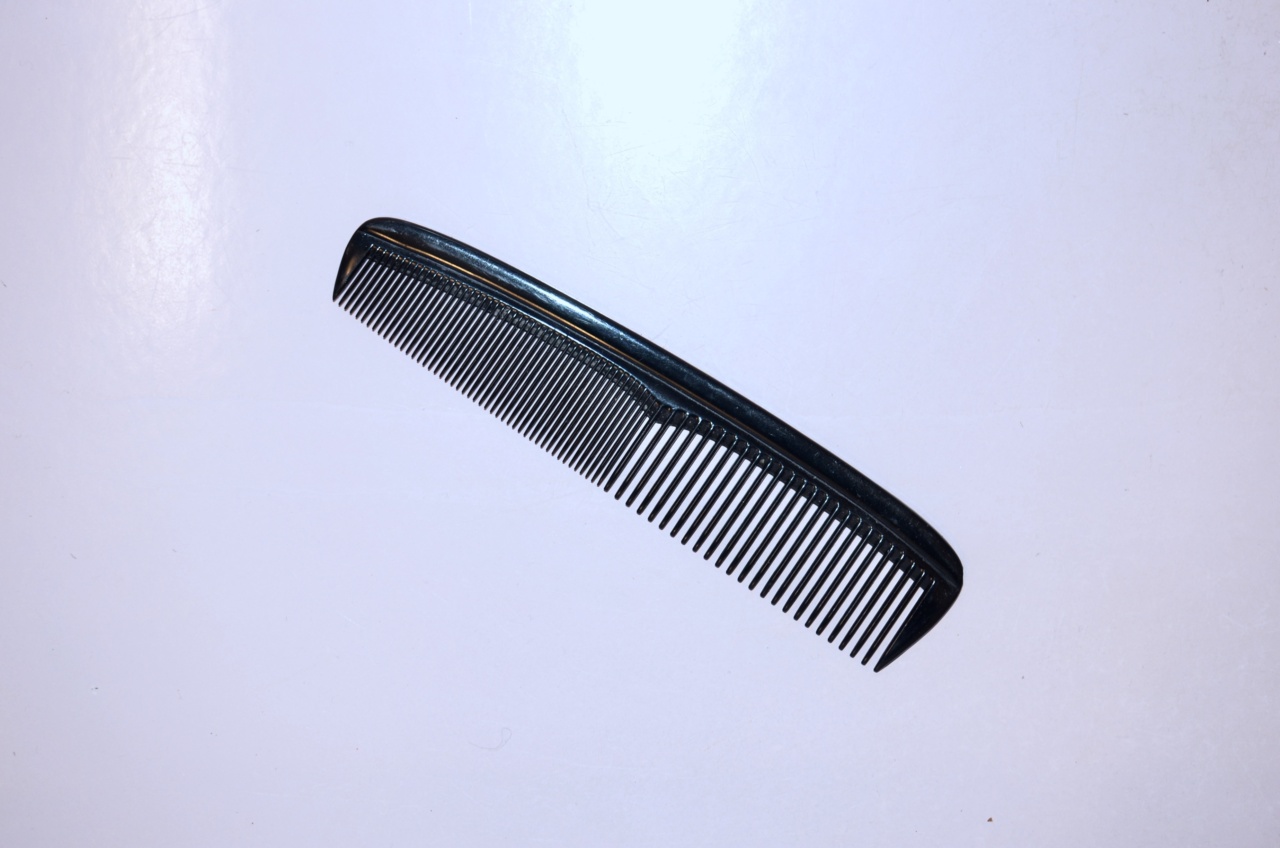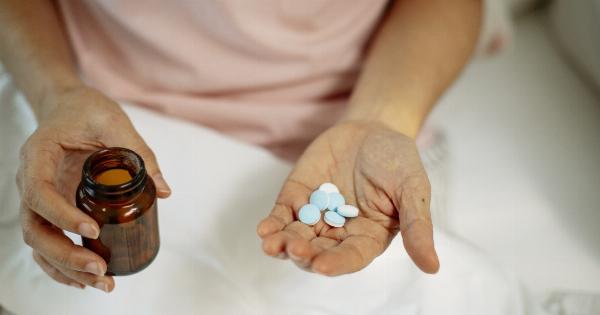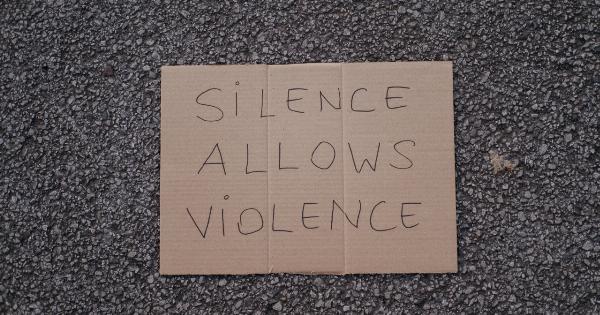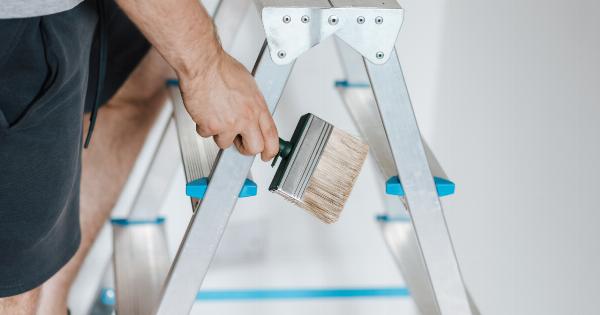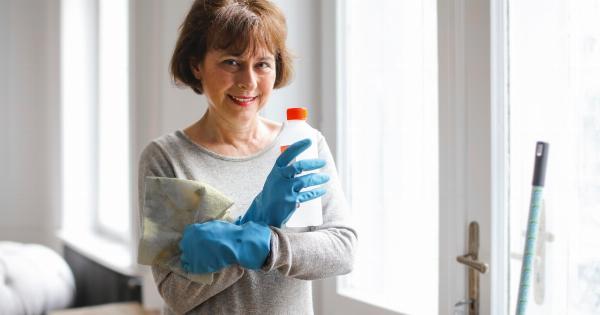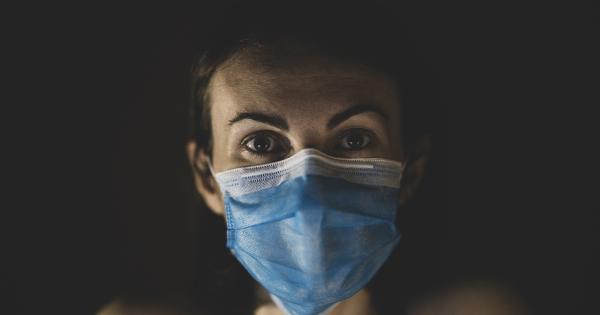Every day, we come in contact with a multitude of objects that we assume are clean and hygienic. However, research has shown that some of the most frequently used items are teeming with bacteria and germs.
In this article, we will explore 10 of the filthiest everyday items.
Cutting Boards
Cutting boards are a common item in every kitchen, used to prepare fruits, vegetables, and meat. However, these surfaces can easily become contaminated with harmful bacteria such as E.coli and Salmonella.
To avoid spreading bacteria, it is recommended to designate separate cutting boards for meat and other foods, and to sanitize them after each use.
Cell Phones
Our cell phones are always with us, but so are the germs that they carry. Studies have found that cell phones can harbor more bacteria than a toilet seat.
By regularly cleaning your phone and using a hands-free device, you can reduce the risk of infection.
Toothbrushes
Most of us use our toothbrushes every day, but we seldom think about the amount of bacteria that they can collect. Toothbrushes can become breeding grounds for bacteria like Streptococcus mutans, leading to infections and illness.
To minimize the risk, it is recommended to replace your toothbrush every few months and store it in an upright position.
Mops
Mops are designed to clean floors, but they can also spread germs and bacteria if not sanitized properly. After each use, it is important to rinse the mop head thoroughly and let it dry in a well-ventilated area.
Additionally, it is recommended to replace mop heads every three months or so to ensure maximum cleanliness.
Purses and Handbags
Our purses and handbags are constantly exposed to a variety of surfaces, from the floor to public transportation. Consequently, they can accumulate a significant amount of bacteria and germs.
To minimize the risk, it is recommended to periodically clean your purse or handbag with disinfectant wipes.
Computer Keyboards
Computer keyboards are notorious for collecting dust, crumbs, and bacteria. In fact, studies have found that computer keyboards can contain more bacteria than a toilet seat.
To keep your keyboard clean, it is recommended to periodically wipe it down with a disinfectant wipe and avoid eating over it.
Remote Controls
Remote controls are handled by multiple people over extended periods of time, making them an ideal place for bacteria to thrive.
To keep your remote control clean, it is recommended to wipe it down with a disinfectant wipe regularly and avoid sharing it with others.
Bathroom Towels
Bathroom towels can collect a variety of germs and bacteria, especially if they are not allowed to dry properly. To minimize the risk of infection, it is recommended to wash bathroom towels regularly and avoid sharing them with others.
Additionally, it is recommended to replace towels every few months.
Reusable Water Bottles
Reusable water bottles are a popular choice for those looking to reduce waste, but they can also harbor harmful bacteria. To keep your water bottle clean, it is recommended to wash it regularly with soap and water and avoid sharing it with others.
Additionally, it is recommended to replace water bottles every few months.
Money
Money changes hands frequently and can collect a significant amount of bacteria and germs along the way. To minimize the risk of infection, it is recommended to regularly wash your hands and avoid touching your face after handling money.
Conclusion
Everyday items that we assume are clean can actually be teeming with germs and bacteria.
By maintaining good hygiene practices, and regularly cleaning and replacing items such as cutting boards, cell phones, toothbrushes, mops, purses, keyboards, remote controls, bathroom towels, reusable water bottles, and money, we can minimize the risk of infection and illness.
